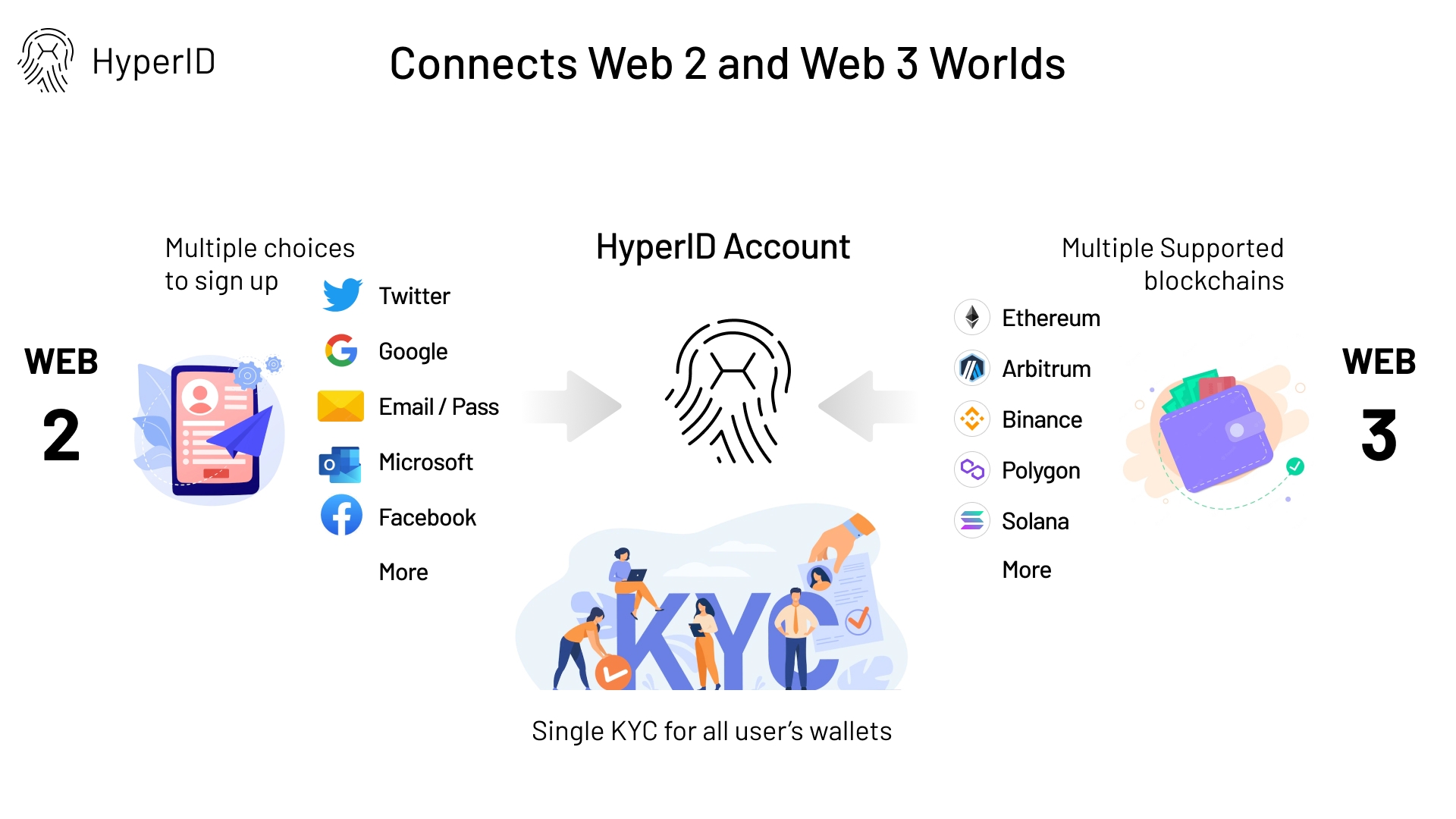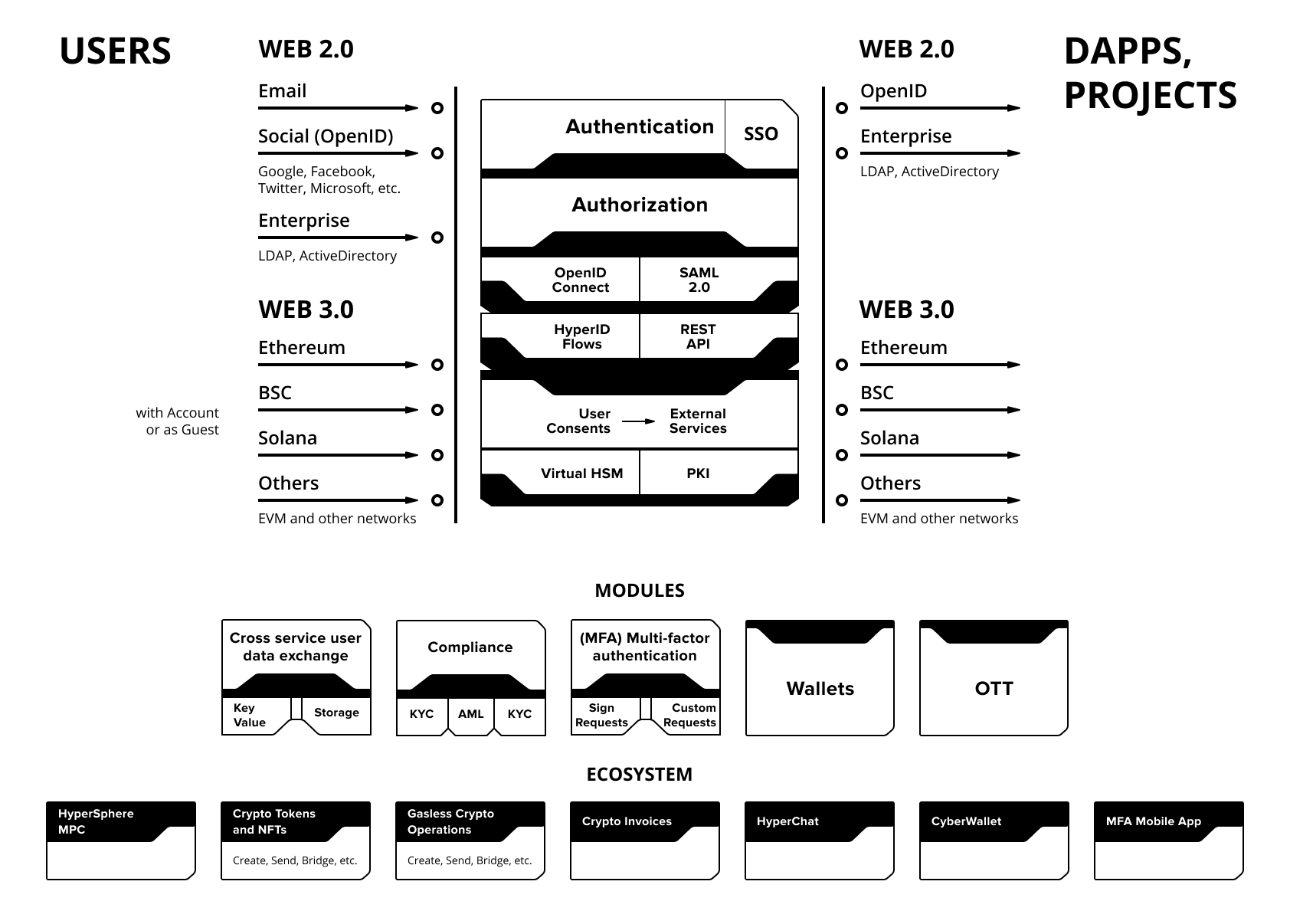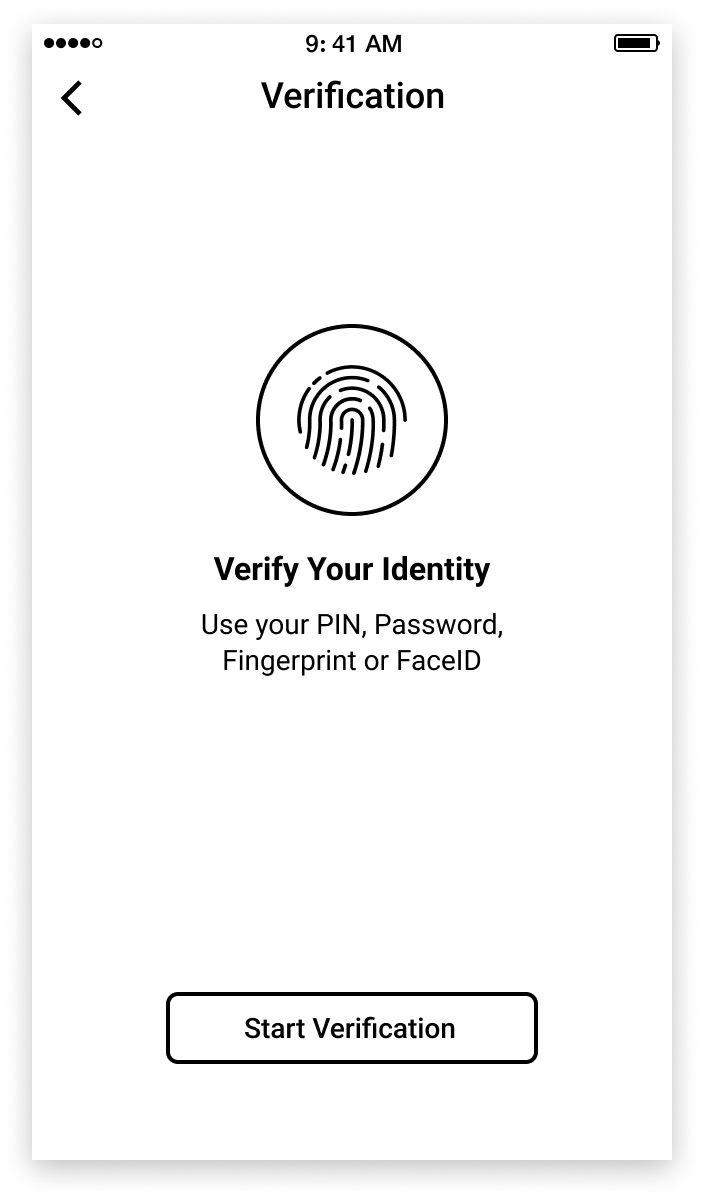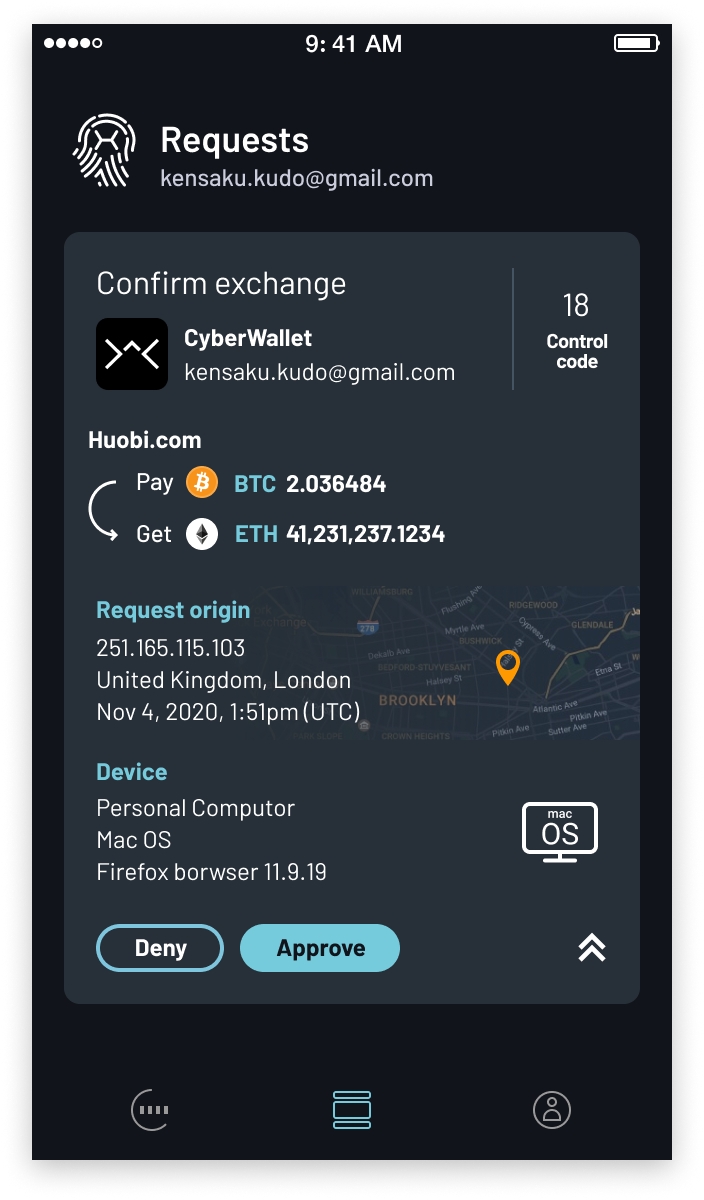What is HyperID
Learn what HyperID is, its key benefits, and connectivity methods
HyperID is a decentralized identity and access management platform that provides a seamless transition from the traditional Web 2.0 to the decentralized world of Web3.
With HyperID, businesses can easily onboard all types of users, simplify compliance, and operate with greater efficiency, speed, and security. The platform provides essential features such as passwordless authentication, KYC verification, wallet-to-wallet messaging, gasless transactions, and others.
HyperID’s comprehensive offering stands out from the competition with its unmatched security across all of its services and the synergy between them. To achieve this, it leverages technologies such as Self-Sovereign Identity (SSI), Decentralized Identifiers (DID), Verifiable Credentials (VC), Soul-Bound Tokens (SBT), Zero-Knowledge Proofs (ZKP), and many more.
HyperID's approach enables ultimate compliance by endowing users with control over their data and privacy. Users can pass KYC, manage access to their data and have the ability to block any service, account, wallet, or device from accessing their data in case of a compromise.
The HyperID platform is built for Metaverse, NFT, and Gaming projects, DAOs, and Enterprises, making it easy for them to onboard Web 2.0 and Web3 users and to manage, communicate, and monetize their online activities securely.
For its monetization strategy, HyperID employs a SaaS model, charging projects for concurrent payments based on the number of users onboarded, wallets created, KYC checks, amount of data stored and verified, etc. HyperID is a ready-to-go solution that meets functional needs of the market, industry standards, and legal requirements of compliance.
Bridging the Gap between Web 2.0 and Web3
HyperID bridges the gap between regular users accustomed to traditional Web 2.0 authentication and the decentralized world of Web3. With HyperID, the process of generating a wallet address for Web 2.0 users and businesses is streamlined, enabling them to log in directly using their existing password-based credentials. Users can jump right into Web3 and start interacting with dApps, participate in token sales, NFT trades, Metaverses, and more, without requiring any prior Web3 experience. HyperID eliminates the need for basic domain knowledge by providing a smooth transition.
Serving Web3 Users
HyperID also caters to Web3 users who can log in to their HyperID account by connecting their wallet from any of the major blockchains. They are directed to their existing Web 2.0 account or automatically assigned a guest account, specifying personal information and discovering additional functionality as needed. HyperID provides a way for them to comply with KYC/KYB policies, manage access to personal information and use other essential features that are typical for traditional Web 2.0.
Authentication
Furthermore, HyperID serves as an authentication provider, enabling services to bring users into conventional systems by using their wallet with the help of Active Directory / OpenID protocols. The platform drops One-Time Token (OTT), KYC marks, and other data onto the chain (contracts), allowing projects to check a range of operations approved by the user directly on the chain.
HyperID supports the Single Sign-On (SSO) security standard that helps Service Providers simplify access and improve user authentication experience. With this standard, HyperID provides users with the ability to manage their active sessions and control account requests in HyperID Authenticator.
Data Protection and Control
HyperID Authenticator is a versatile mobile application. The app is designed to protect users from scammers and cybercriminals through a combination of tried-and-true patented security methods and algorithms. It combines multi-layered account protection by means of multi-factor authentication. In particular, the app:
Serves as a second factor during logging in, utilizing both biometrics and time-based one-time passwords (TOTP).
Allows SSO sessions management. Whenever a user logs in to a new service via SSO, confirmation is required within the application. Users can review the list of their sessions and terminate any of them at user's discretion.
Provides Services the ability to set up an approval request for user to confirm any valuable actions (e.g., wallet transactions) or accessing sensitive information. Confirmations are fully customizable and ranged from simple biometric verification to advanced options such as signing information with user's private key.
As a supplier of various internal services, HyperID has an authorization level with OpenID Connect & SAML 2.0 protocols and serves as an Authorization Server. External services are permitted to utilize user data and request HyperID services processing on behalf of the user, provided that they receive explicit approval from the user.
HyperID encrypts user personal data and enhances account security with state-of-the-art security solutions. Furthermore, HyperID guarantees that users maintain ultimate control over their data. Users retain the right to cancel, remove or deny Service provider access to their data at any time. HyperID ensures user data leak protection on both the user device and Service provider side.
Users are able to get into the system with WEB2.0 approach by email or socials (Google, Microsoft, Facebook, Twitter, Reddit, Discord, etc.) or with WEB3.0 approach (by connecting Ethereum, BSC, Polygon, Avalanche, Fantom, Arbitrum, Solana or other chain wallet). Decentralized Identity (DID) for the user will be created by default, guest access is also available.
Projects and dApps are also able to choose specific HyperID user flows, allowing to choose what specific identity or verification checks should user follow in their case. REST API is provided for services to enhance the HyperID implementation, as well as ready-to-go modules for cross-service data exchange, compliance, MFA, user wallet list access and more.
Wide ecosystem of dApps, projects, tools and services are utilizing the platform to enhance its user experience, exchange data, use cross-chain interoperability, multiparty computations, token and NFT creation, gasless transactions, crypto invoices, chat solution and design new crypto wallet experience.
Last updated



